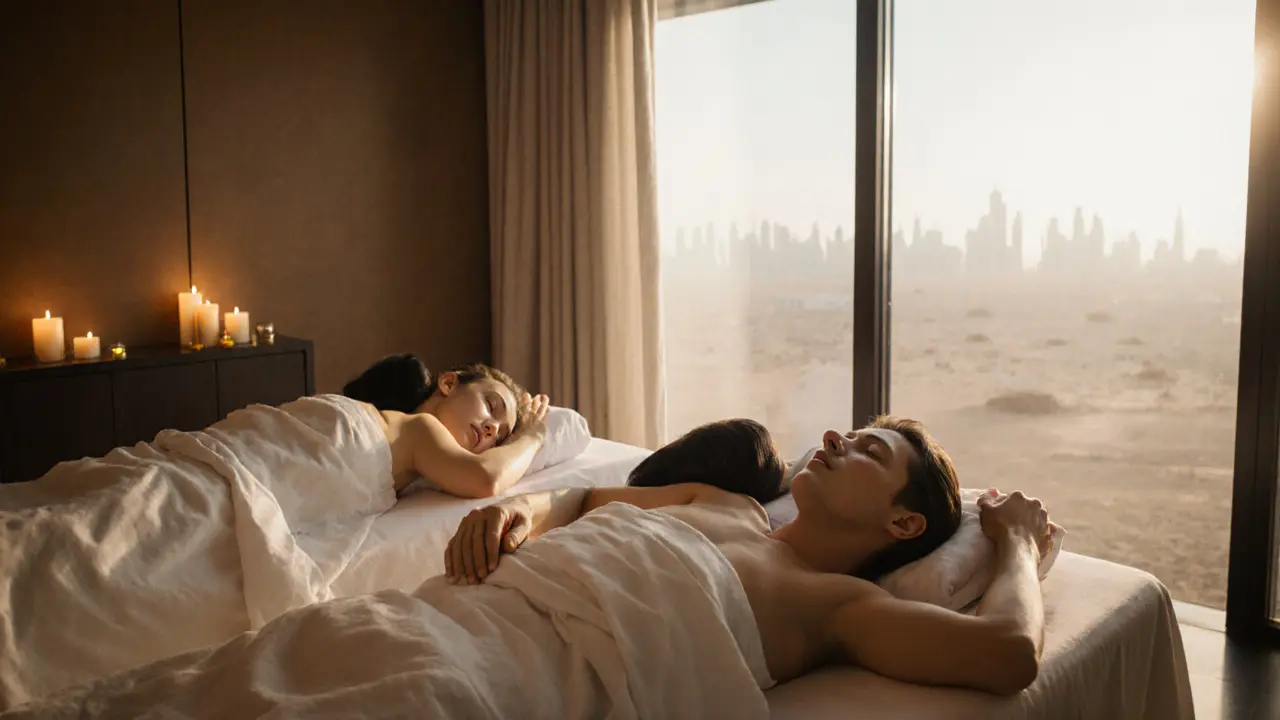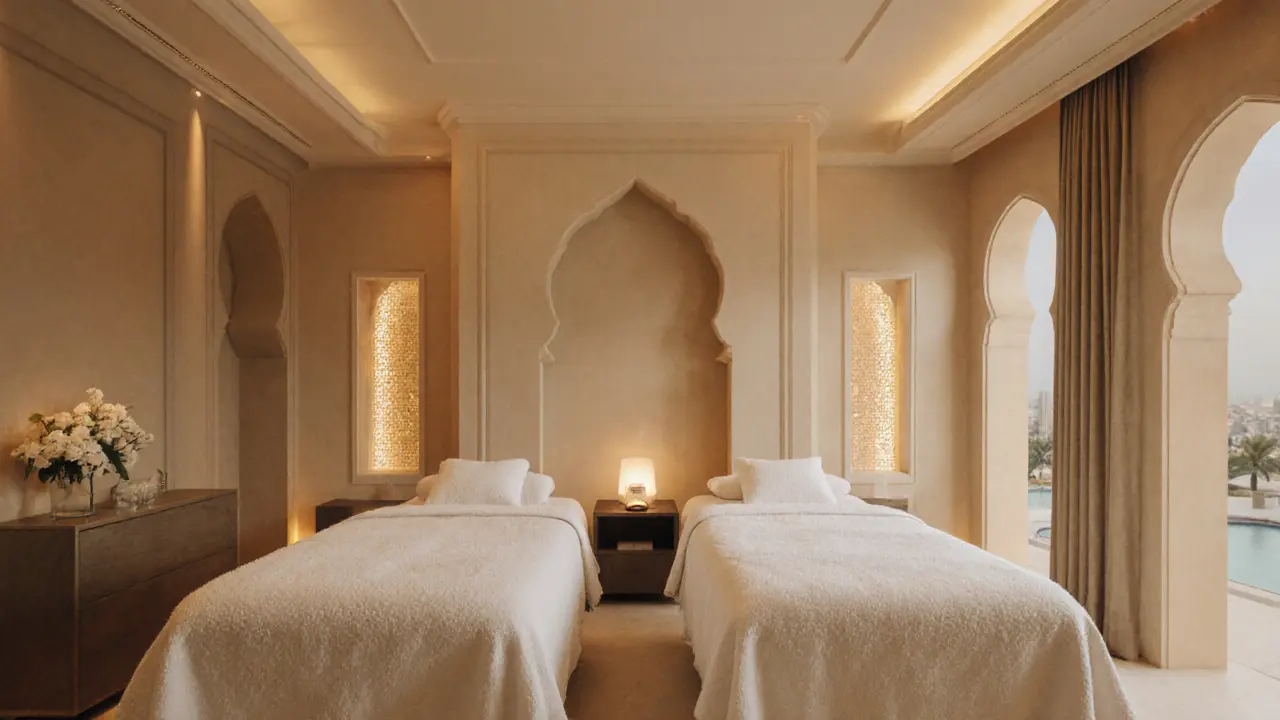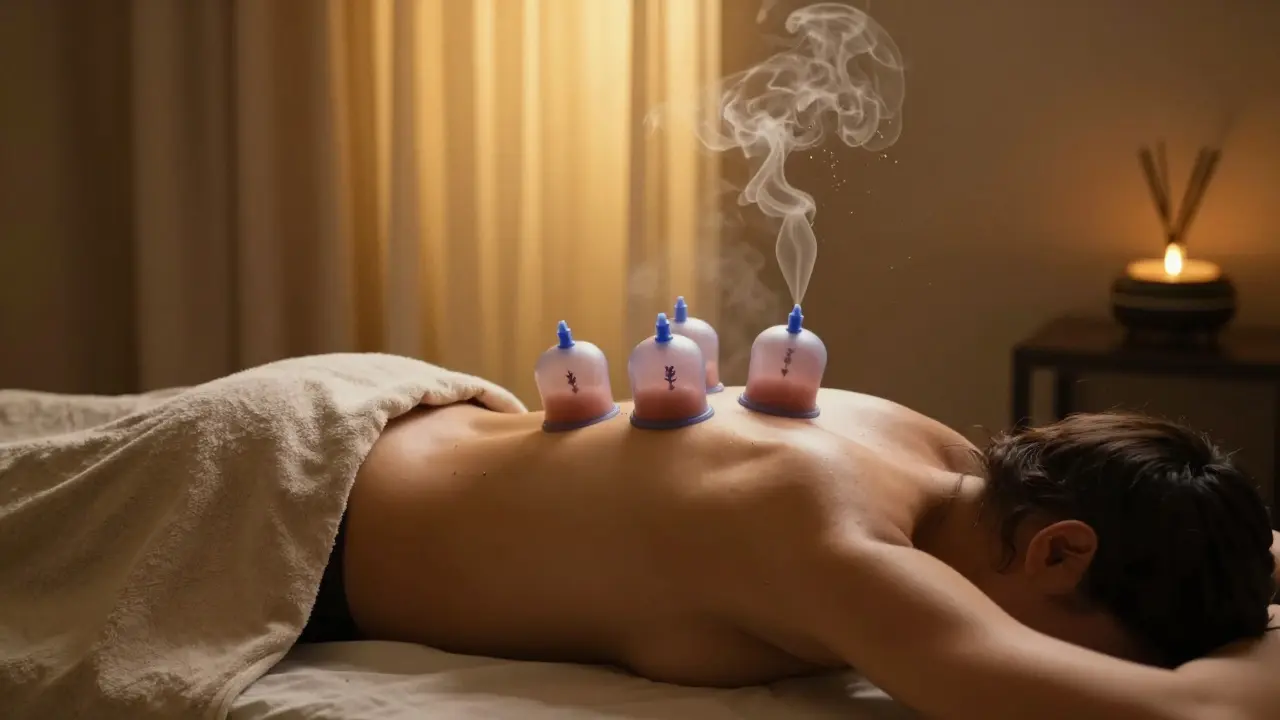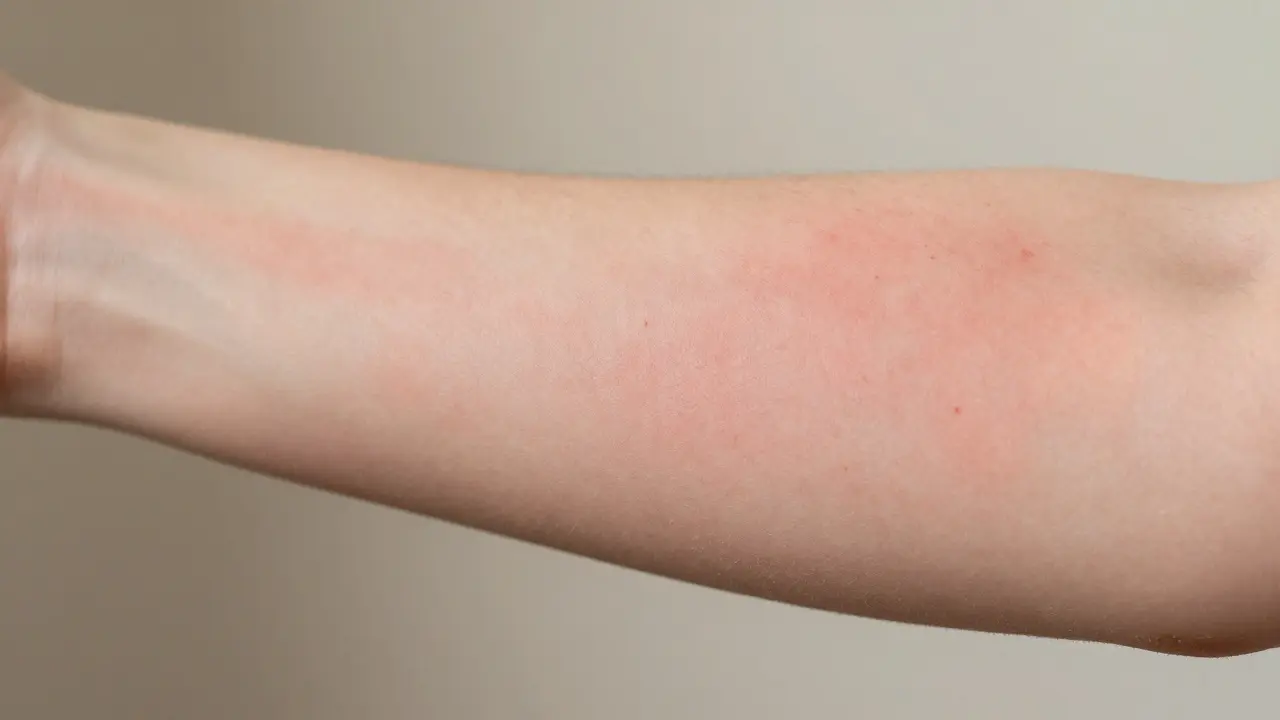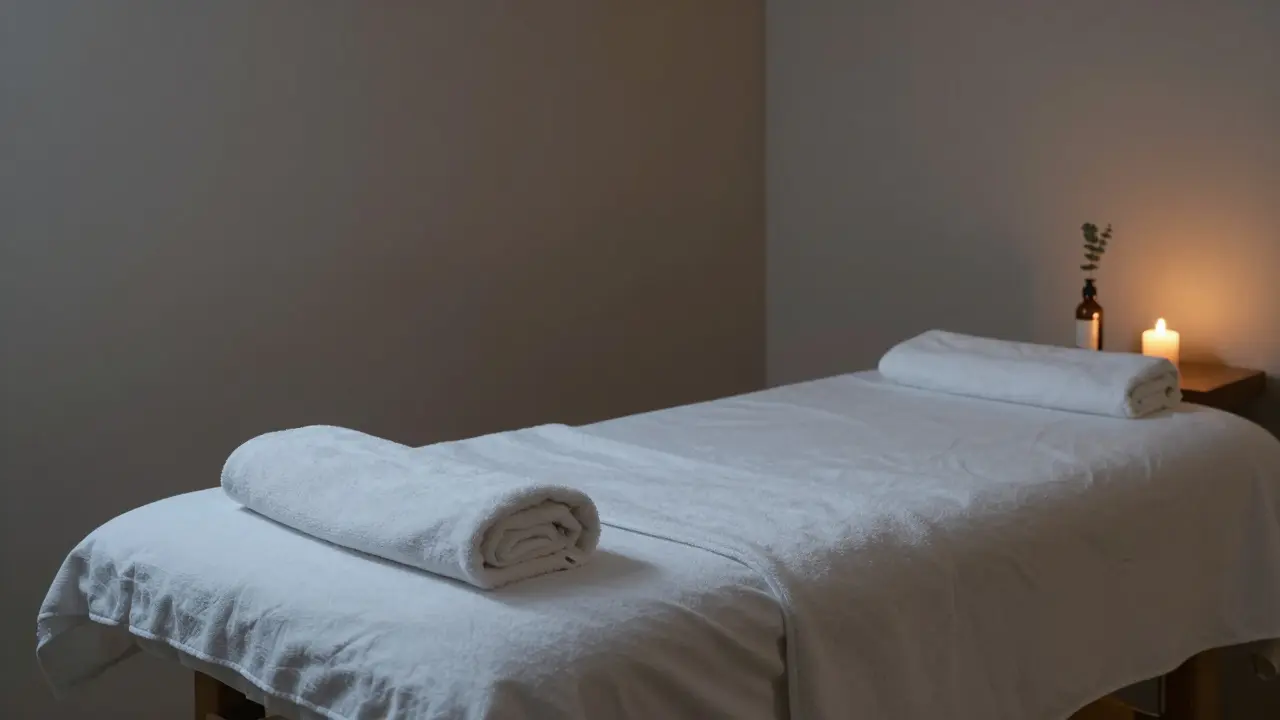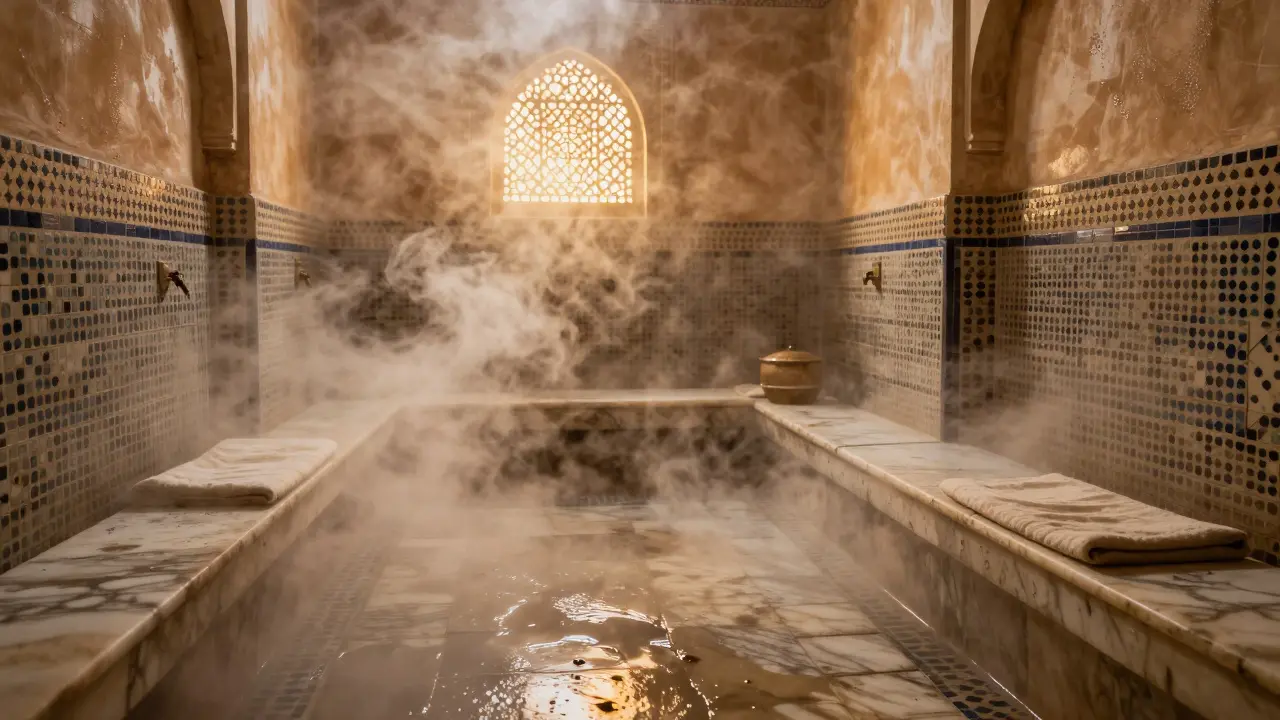Ever left a spa appointment feeling a bit let down, not quite as blissed out as you hoped? Timing might be to blame. You probably know the difference a good night's sleep can make, but few realize how much timing impacts spa benefits and the whole experience. Life is hectic, and we chase a few peaceful moments, so getting the timing right isn’t a small detail—it’s everything. Let’s unlock what actually makes one hour at the spa unforgettable and why your choice of when matters just as much as your choice of treatment or therapist.
How Time of Day Affects Your Spa Experience
Ever noticed how some mornings you wake up ready to conquer the world, while other times, you feel sluggish well into the afternoon? Your body’s natural rhythms shape every spa session. Most people find their stress levels are highest before lunch, especially around the workweek. Early appointments—say, between 10 am and noon—often mean quieter spaces, less wait for steam rooms, and undivided attention from therapists because staff are fresh at the start of their shift.
Late afternoons might work for those who want to unwind after the daily grind. If you’re booking after 5 pm, get ready for a different crowd: busy professionals in need of reset. Some spas actually tailor their music, lighting, and menu to fit that worn-out, end-of-day feeling. A spa session just after sunset lets you go home, eat dinner, and slip into bed deeply relaxed. But avoid late-night appointments if you’re sensitive to heat or have trouble sleeping; overstimulating treatments too close to bedtime can disrupt your natural rhythms.
Peak vs. Off-Peak: Pros and Cons for Each Spa Timing
Here’s the secret no one tells you: the best spa time isn’t just about your mood—it’s about the flow of the whole spa. Peak times like weekends and evenings fill up fast. The atmosphere changes—think busier lounges, more small talk, and a little pressure for therapists to keep to the clock.
Off-peak hours (mid-morning or weekday afternoons) are when spas drop their guard. You get better deals, longer treatments, and a sense of calm that can’t be faked. Many regulars swear by Tuesday and Wednesday mornings, or early afternoons right after school drop-off, when the pace slows to a gentle hum. Some spas offer surprise upgrades, like free scrubs or scalp massages, during slow hours just to entice more guests.
Take a peek at this simple table to spot the trends:
| Time | Spa Crowd | Atmosphere | Likely Extras |
|---|---|---|---|
| Weekday Morning | Light | Quiet, Relaxed | Upgrades, Deals |
| Weekday Afternoon | Moderate | Balanced | Occasional Perks |
| Evening (Weekday/Weekend) | Busy | Lively, Social | Standard |
| Weekend | Full | Bustling | High Demand |
So when people call to ask about the "best time for spa", it’s not just hearsay. It’s about soaking up perks, peace, and the full flavor of the experience.
Planning for Your Spa: Season, Weather, and Personal Schedule
It sounds simple, but weather has a major effect on spa success. During sweltering Dubai summers, indoor spas get swamped with anyone seeking cool relief—especially around midday. If you love hot stone massages or steam rooms, avoid the hottest part of the day. Aim for mornings or late evenings when outdoor temps start to dip. When cooler months roll in, afternoon sun streaming into a spa’s lounge feels like an extra one-hour vacation. Also, right before or after a big public holiday, bookings skyrocket—in Dubai, that’s Eid, New Year’s, and long weekends. Plan ahead if your self-care lines up with these peak demand windows.
Your own schedule should win, though. Hormonal cycles (yes, periods) mess with pain tolerance and water retention, so some women find they relax best a few days after their cycle starts. Frequent travelers or those fighting jetlag may want to book a gentle massage or hydrating facial on arrival day to kick fatigue before it sticks.
Dubai’s expat-heavy crowd means different cultures also shape spa timing. For example, in Ramadan, early mornings and after sunset are often best, while timing shifts during other festivals. If a certain treatment is seasonally popular—say, body scrubs before summer or nourishing wraps ahead of winter—book a few weeks out to claim your preferred slot.

Choosing Spa Treatments by Time of Day
Not all treatments are created equal, especially when it comes to timing. For those who wake up with muscle knots or aches, book deep-tissue or sports massages after a quick walk or light breakfast. Early afternoon facials let active ingredients absorb better, especially if you plan to avoid sun or heavy makeup for the rest of the day.
If you love aromatherapy, go for late afternoons or evenings, when the mood-enhancing oils help wind you down. Avoid exfoliating scrubs late at night—your skin gets more sensitive, and rinsing off strong ingredients in a sleepy haze isn’t fun. If you’re prepping for a big event (think weddings or galas), the day or morning before is ideal for skin-brightening or anti-fatigue sessions.
I’ve noticed guests who book a spa mani-pedi midweek often rave about longer-lasting results, likely because there’s less handwashing and activity compared to weekends. And for those planning romantic spa escapes or mother-daughter bonding, late weekend mornings are when group rooms and couple’s suites tend to be open.
Tips from Spa Experts: How to Make the Most of Your Visit
Small details make the biggest difference. Book extra time, if only half an hour, before and after your main treatment. This is when your mind and body actually shift gears. Arrive early, change slowly, and let yourself settle with some herbal tea or still water. Therapists say the guests with the best experiences aren’t the ones with the fanciest treatments, but the ones who linger and soak up the atmosphere.
Always mention special requests up front—quiet room, lower lighting, allergies, or even what playlist you like. If you’re celebrating something, say it. Many teams love to surprise guests with birthday treats or tiny upgrades. Try mid-week for the rare "empty spa" feeling. Book with a friend to feel extra pampered and let go of social anxiety.
If you have pets at home (like my cat Zephyr who tries to sit on my face every morning), plan some buffer time after your spa visit so you don’t snap back from deep relaxation into chaos. Having a calm re-entry—maybe a walk, or just lying down in silence—seals in those spa benefits.
- Book early for special treatment rooms—hydrotherapy suites and hammam baths fill up fast.
- Bring sandals and a change of clothes for surprise pool or Jacuzzi access.
- Don’t eat a heavy meal before—a light snack is best to avoid bloating or sluggishness during massage.
- If time is tight, ask for back-to-back mini treatments rather than one long session—this keeps the pace up and the benefits strong.
One last tip: Check the spa’s policies about last-minute rebooking. Life happens. The best spas in Dubai are surprisingly flexible if you stay in touch. And nothing ruins a glow like stressing about a deposit.
FAQ
- Is morning or afternoon better for a spa visit? If you want peace and extended treatments, mornings are usually quieter. For stress relief after work, late afternoons work best.
- Should I eat before a spa session? Have a light snack 1-2 hours ahead, but avoid heavy meals—feeling too full or hungry can distract from relaxation.
- Are weekends always crowded at spas? Most spas are busier on weekends. Try weekdays for gentler pace, extras, and easier scheduling.
- How far in advance should I book? Book 2-3 weeks ahead for peak times, especially if you want special rooms or therapists.
- What’s the best spa treatment before bedtime? Choose soothing massages or hydrating facials, and skip anything overly energizing or with strong scents.


